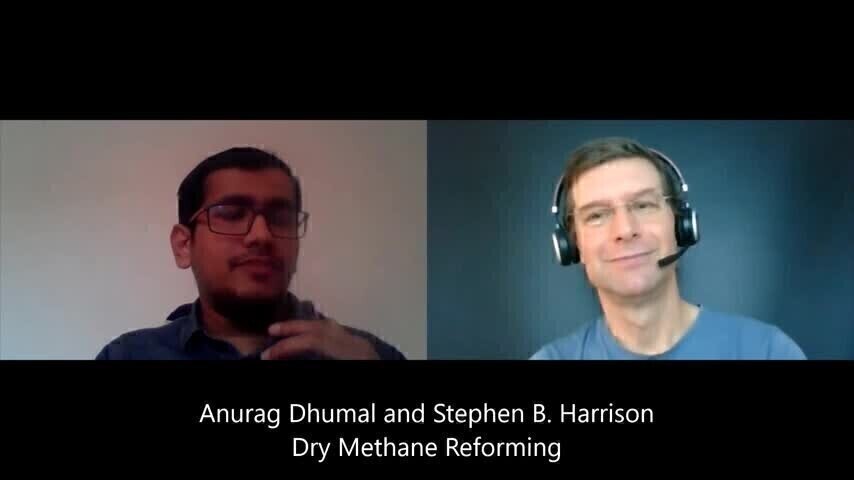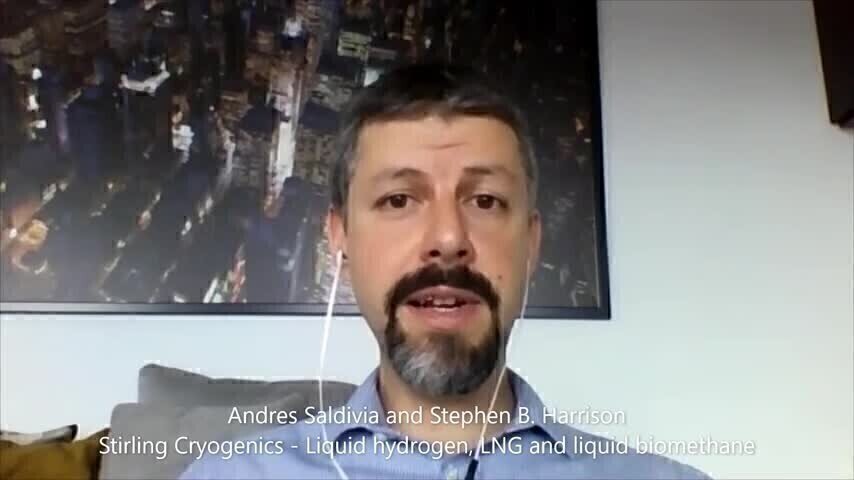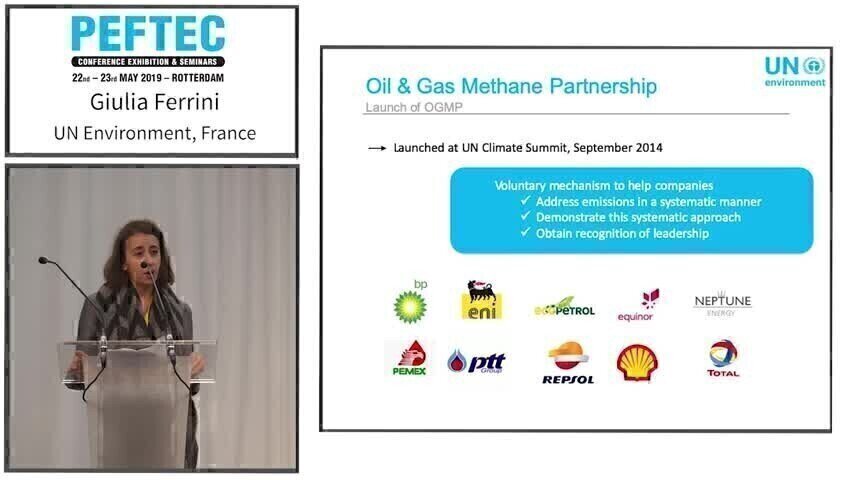E-Learning
Videos
Past Events
New ultra-high pressure supercritical chromatography - mass spectrometry (UHPSFC-MS) methods have been developed to separate and detect gasoline gum components that were undetected by GC-MS. The different techniques reveal distinct compounds within the gasoline gum samples, e.g. using UHPSFC-MS carrier oils and detergents are observed. The gum samples were prepared following the IP 131; ASTM D381 standard method and then analysed by UHPSFC using different ionisation processes. UHPSFC uses sup...
Olefin content in refined gasolines needs to be kept low in order to prevent deposits from forming in fuel systems. These deposits will decrease the efficiency of engines or even prevent them from starting. Olefins as a class are reactive species – conjugated diolefins especially so – and will polymerize in high enough concentrations. Traditional methods to measure olefins, such as ASTM D1159 (bromine number by titration) and UOP-326 (maleic anhydride) are archaic, inefficient, and wide...
Detecting and monitoring the formation of H2S is critical to ensure the measurement of acidic corrosion, odour problems and most importantly, the health risks caused by H2S. This presentation will show you how H2S can be measured according to the new DIN 38405-27 procedure. Based on a simple gas extraction and electrochemical detection, ECH H2S Analysers are capable of measuring H2S from 0.01 to 10,000 ppm, can analyse up to 40 samples per hour and eliminates all interferences from th...
ASTM D8071 uses gas chromatography – vacuum ultraviolet spectroscopy (GC-VUV) to determine paraffins, isoparaffins, olefins, naphthenes, and aromatics (PIONA), as well as select hydrocarbons and methanol and ethanol, in gasoline. Run times are less than 35 min followed by automated data processing. Benzene, toluene, ethylbenzene, xylenes, isooctane, naphthalene, and methylnaphthalenes are accurately quantified as individual categories due to their unique VUV absorbance spectra, even if...
Sediment material from corrosion (containing magnetic iron, oxide based) has been found accumulating in pumps, valves, on pigs and in line inspection tools. In more viscous streams, the solids may be suspended in the stream and not result in the same operational issues, however they may cause issues in tankage with settling. Condensates are low viscosity and have limited ability for solids retention so the issue may appear more readily in these lines. Some of the key contributors to corrosi...
New energy and environment regulations demand higher engine efficiency and lower emissions, which can be obtained with higher cetane number fuels. In order to achieve higher cetane number fuels, cetane improvers are added to diesels and biodiesels which consequently increases the need to accurately measure the Cetane Number. PAC’s Herzog CID 510 helps reduce the costs of producing cetane improved diesel fuels by delivering a more precise Cetane Number measurement. The analyzer’s fully...
The determination of water content in alcoholic beverages, solvents and various consumer products such as foods, fuels, pharmaceuticals, and petroleum products is one of the most common types of chemical testing. Many techniques such as gravimetric analysis, gas chromatography (GC), Karl Fischer Titration, near infra-red spectroscopy, and others have been used for water quantification with good results. [1] However, the limitations of these approaches can include high limits of detection, lar...
We present a detailed description and experimental results for a new gas emission survey method that remotely detects and maps the locations of multiple gas emission sources distributed across an extensive area. Our method, which we call LightSource, not only localizes but also estimates the mass emission rates of each of the detected sources. The approach is generally applicable to any airborne contaminant that is passively transported and conserved during transport within the area of intere...
Using Free, High-Performance, Computer Modeling Software to Simulate Gas Chromatographic Separations
A Recently developed, free to use, web-based computer program has been employed to accelerate Gas Chromatography (GC) method development by direct simulation of the chromatographic process. The program makes use of a highly accurate time-summation modeling approach, coupled with large libraries of data to provide absolute retention time predictions within 1% of those obtained from experiment. The user is able to directly control every parameter of the chromatography being modeled includi...
Owing to the high complexity of the matrices to be investigated, petroleum industry has to face a tough analytical challenge when a detailed characterization is required or not. It can be the case for different reasons such as to reach for the specifications of final fuels and products, to improve and evaluate the effectiveness of processes or additives, to monitor the ageing of fuels and lubricants...The implementation of chromatographic techniques has long been mandatory to reach for the hi...
Digital Edition
PIN 25.4 Aug/Sept
September 2024
Analytical Instrumentation - Novel and Rapid LSC method for the analysis of biogenic carbon in fuels Measurement and Testing - Matrix evaluation on the Xplorer-V with Vectra autosampler accordi...
View all digital editions
Events
Sep 23 2024 New Orleans, LA, USA
Sep 23 2024 Rio de Janeiro, Brazil
Sep 24 2024 Kielce, Poland
Sep 24 2024 Calgary, Canada
IDW DOWNSTREAM CONFERENCE 2024
Sep 24 2024 Warsaw, Poland
























